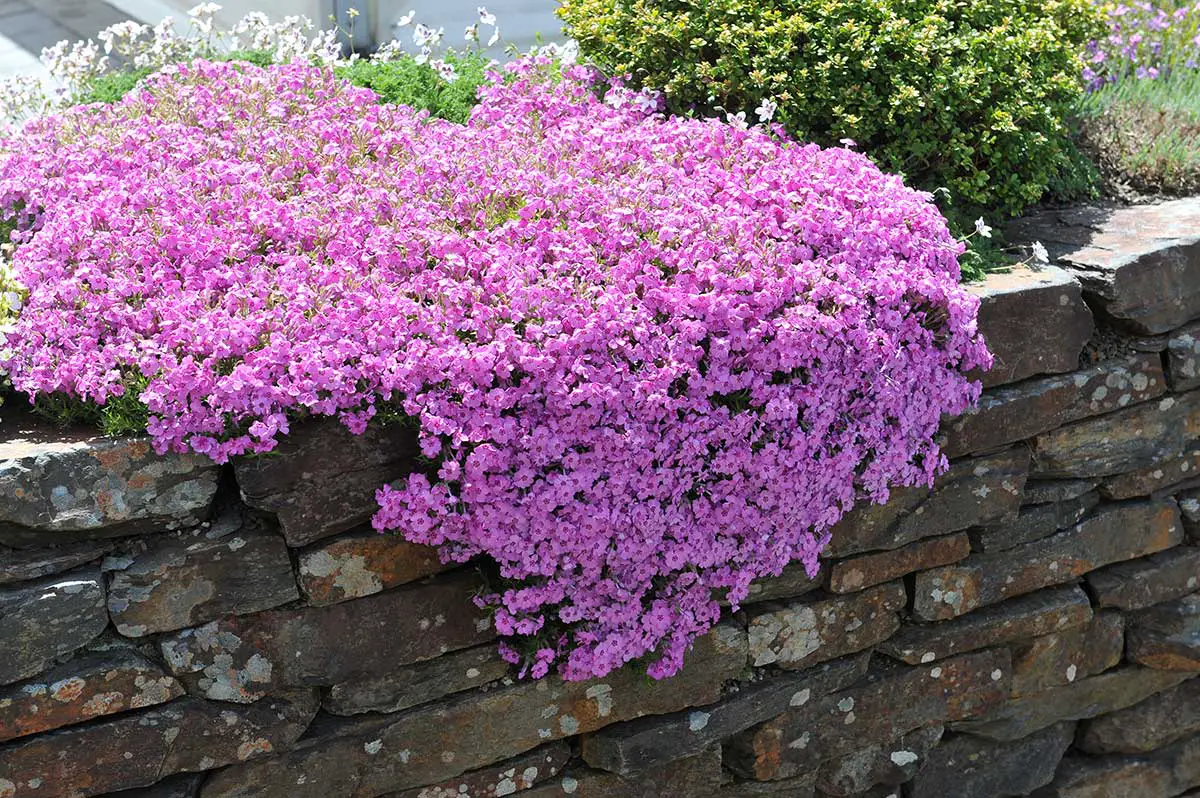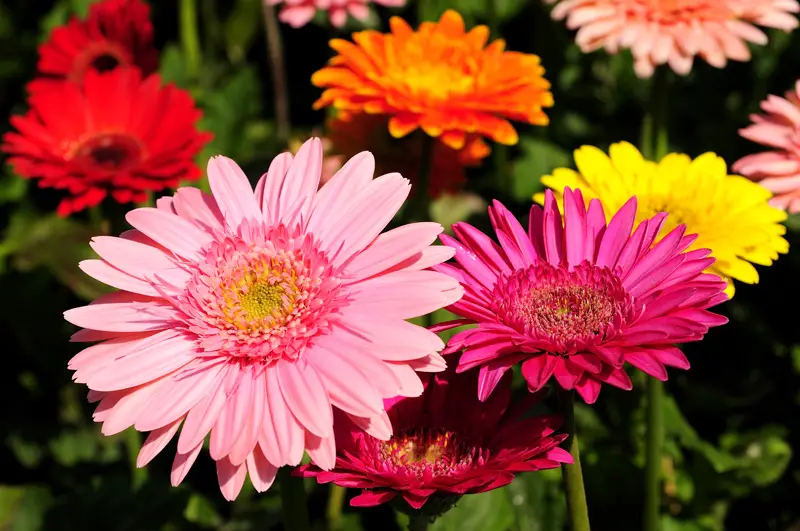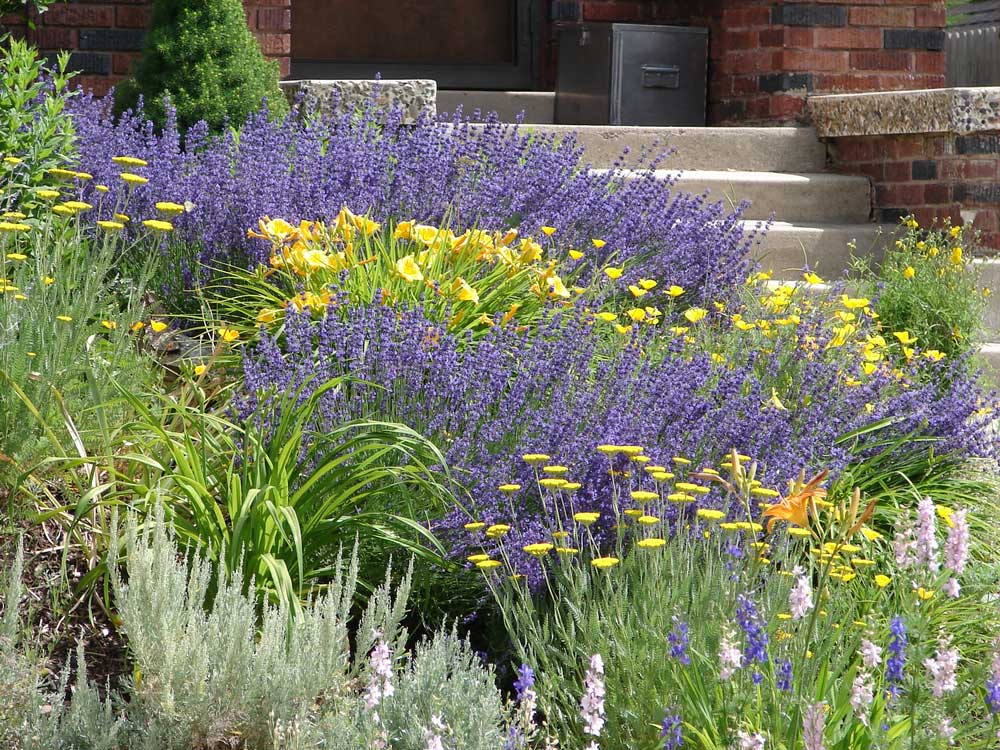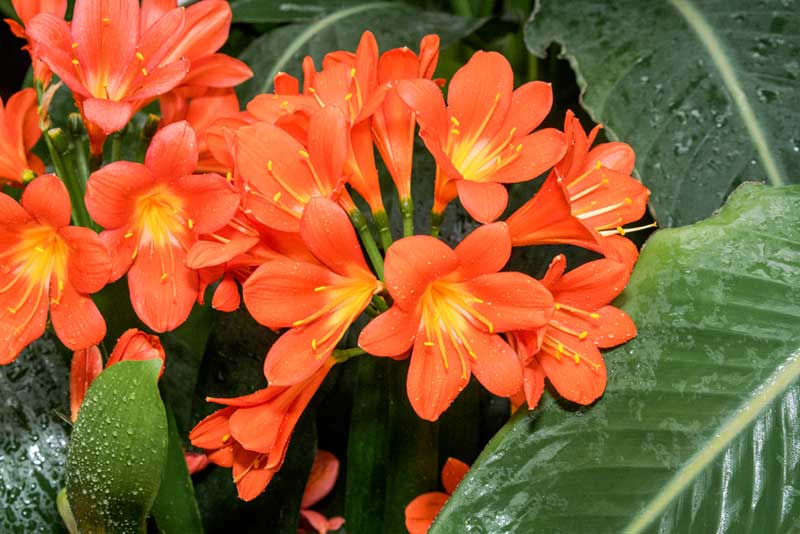
Clivia (Clivia miniata), also known as a natal lily or bush lily, is a tender perennial native from South Africa. This showy flower resembles an amaryllis with similar trumpet-shaped blooms in orange or yellow, but both the plant and the blooms are smaller. It can be grown outside in USDA plant hardiness zones 9 thru 11, but will not survive the winter in cooler climates.
In cooler areas it can be grown in pots or containers as a houseplant, or can it can be set outside for the summer and brought in for the winter.
Clivia is typically propagated by dividing the roots and repotting the plants every 3 to 5 years, but if you have plenty of room and are up to the challenge you can start them from seed.
Harvesting and Preparing Clivia Seeds
The seeds to the clivia plant form inside the red berries. As the berries mature they will turn orange and get soft. It is important that you wait until this occurs as this indicates the seeds are mature. Harvesting them too early will result in immature seeds that will not germinate.
- Remove the berries from your clivia plant.
- Open the berries and remove the seeds. There should be 4 or 5 hard seeds inside each berry.
- Wash the seeds under running water to remove any flesh from the berry.
- Mix a solution of 9 parts water to 1 part household bleach (Sodium hypochlorite) and pour it into a small jar or other container. You will need enough to cover the seeds.
- Place the newly harvested clivia seeds in the bleach and water solution and soak them for 24 hours. The bleach works as a fungicide to prevent mold and other fungal diseases. This step is vital as clivia is susceptible to multiple fungi, warns Clivia USA. If you choose to use a commercial fungicide instead of bleach, follow the recommended application rate for the product.
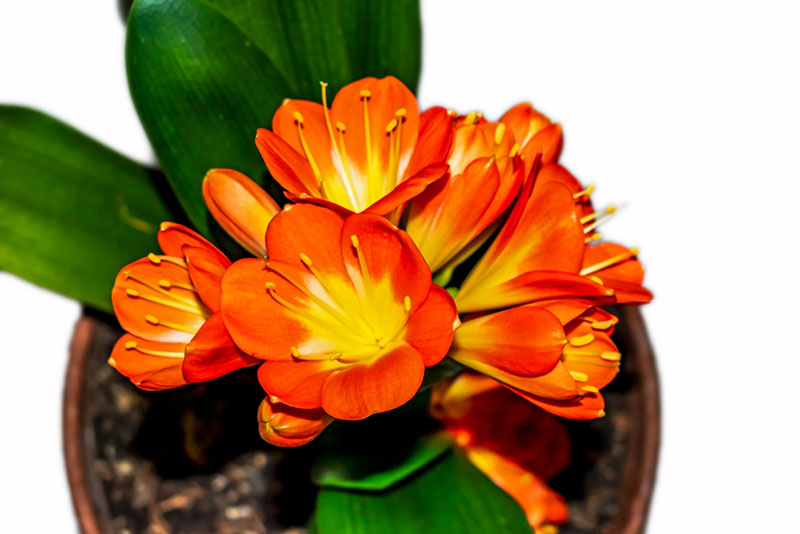
Germinating Clivia Seeds
Once the seeds have been soaked in the bleach and water solution they are ready for germinating.
- Fill a seed tray, or individual peat pots if you prefer, with a soil-less seed-starting mix. Some recommend perlite or vermiculite or a combination of both, while others recommend commercial seeding starting formulas that are high in peat moss. The important thing is that the mixture does not remain soggy after watering as this encourages fungal growth.
- Press the seeds into the soil so that approximately half of the seed is visible. If your seeds have noticeable dark spots on one side, plant them so this side points up as the root will form on the opposite side.
- Mist the seeds and the starting media so that it is lightly moist, but not soggy.
- Cover the trays or pots with plastic wrap.
- Place the newly-planted seeds in a warm location as they germinate best in temperatures between 70 and 77 degrees Fahrenheit. On top of the water heater or other appliance that will provide steady bottom heat works well.
- Check the seeds frequently and mist them lightly if the soil dries. Roots will appear in about 4 to 6 weeks.
Transplanting the Seedlings
When the clivia seeds have germinated it is time to transplant them.
- Fill individual pots with moistened cactus or African violet potting mixture.
- Make a hole in the center with a pencil (or your finger) that is deep enough for the roots of the germinated seeds.
- Gently place the seeds in the soil so that the root is in the hole and cover the root with soil.
- Place them in an area that gets indirect light.
- Leaves will appear as the roots become established.
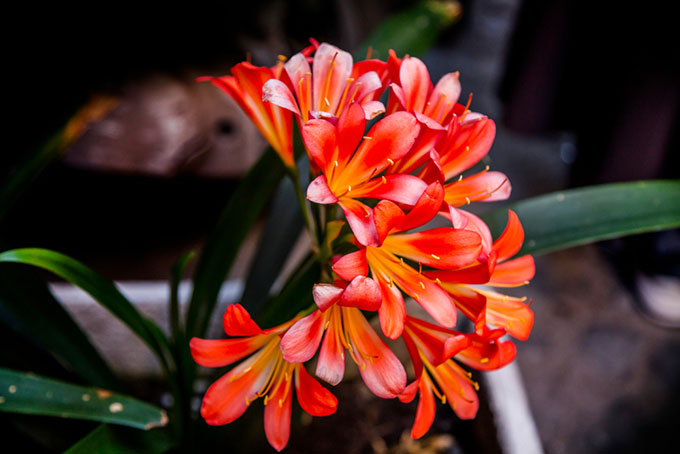
Caring for Seedlings
Clivia are slow-growing plants says, director of Ornamental Plant Research at the Chicago Botanic Garden, Dr. Jim Ault. That means you will spend a lot of time raising the tiny seedlings into mature plants. Keep them in bright indirect light, but avoid full sun. Near a northern window is ideal, but an east or west window will work as long as the plants are sheltered from direct rays from the sun. A sheer curtain at the window or shade cast from nearby trees outside can provide the shelter clivias need.
Once the seedlings are well-established allow the soil to dry at the surface before watering. If you notice yellow spots on the foliage, cut back on water as this is a sign the plant is getting too much water. Be patient as clivias grown from seed can take 3 to 5 years to bloom. Dr. Ault explains that those huge plants you see in the nursery are likely 5 to 10 (or more) years old.

